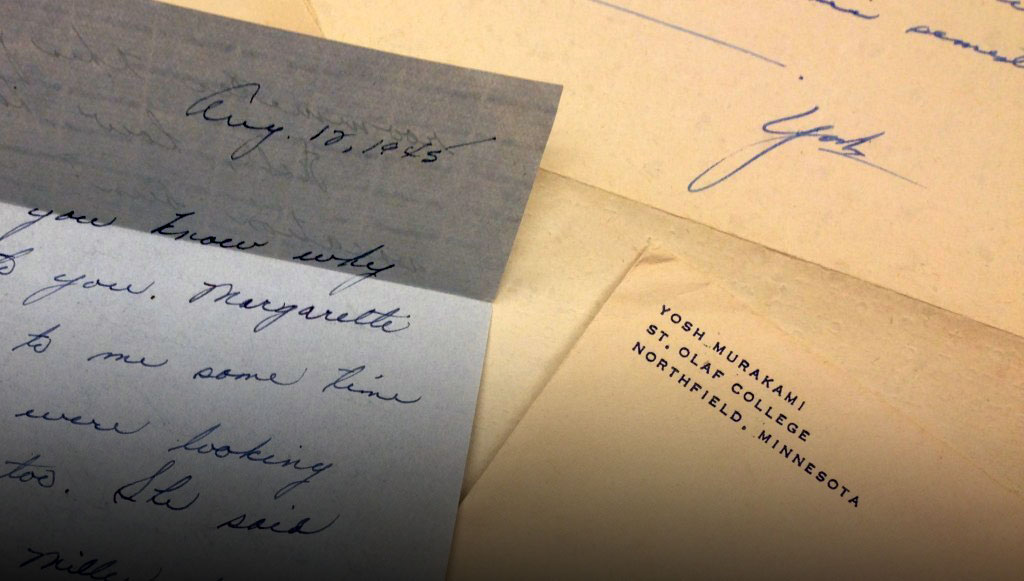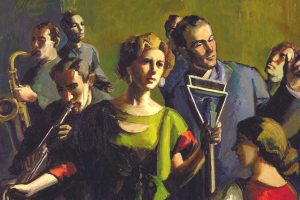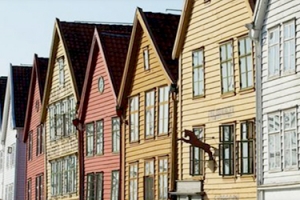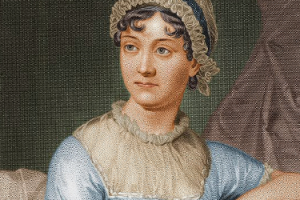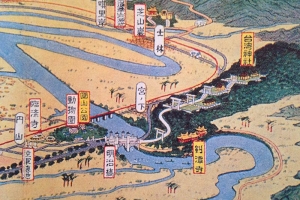Project Description
Commencing in the summer of 2015, Lives of Japanese Americans in the Midwest during World War II, a part of the Asia in the American Midwest project sponsored by the 2015 ACM FaCE grant, is an interactive, interdisciplinary module that teaches undergraduates about the experiences and histories of Japanese Americans in the Midwest during one of the most controversial chapters of US history. From a uniquely Midwestern perspective, the project includes original ethnographic interviews, visual artifacts, critical analysis and readings, discussion questions, assignments, as well as an annotated bibliography and hyperlinks to relevant resources. It examines the historic role that St. Olaf College played in this period in regards to the Japanese-American community. The module brings key issues of visibility, diversity, and discrimination to the forefront of our classrooms on American society, history, race, identity, and nationalism across many humanities and social science courses.
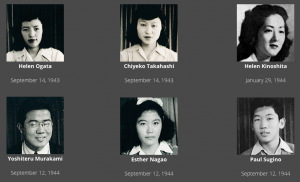 Most narratives of Japanese Americans in World War II focus on the West Coast and the internment camps in the South and Southwest. Far less known is the fact that St. Olaf College was one of the very few American higher education institutions to accept Japanese American students from the internment camps in the 1940s, when most universities, including the University of Minnesota, denied them admission. Acting St. Olaf President J. Jorgen Thompson decreed in 1942 that the college would give Nisei (second-generation Japanese Americans) the same educational opportunities as all other students. Despite mountains of paperwork and bureaucratic red-tape, 10 Japanese American students enrolled in St Olaf in 1943 and 1944, representing seven of the 10 internment camps nationwide. Their stories offer fertile ground and a distinct vantage point from which to view American history. St. Olaf College is in a very special position to offer important insights and information on this topic.
Most narratives of Japanese Americans in World War II focus on the West Coast and the internment camps in the South and Southwest. Far less known is the fact that St. Olaf College was one of the very few American higher education institutions to accept Japanese American students from the internment camps in the 1940s, when most universities, including the University of Minnesota, denied them admission. Acting St. Olaf President J. Jorgen Thompson decreed in 1942 that the college would give Nisei (second-generation Japanese Americans) the same educational opportunities as all other students. Despite mountains of paperwork and bureaucratic red-tape, 10 Japanese American students enrolled in St Olaf in 1943 and 1944, representing seven of the 10 internment camps nationwide. Their stories offer fertile ground and a distinct vantage point from which to view American history. St. Olaf College is in a very special position to offer important insights and information on this topic.
The Beyond the Barbed Wire project produced in-depth interviews with 20 individuals, including some who personally lived through the war and internment, their families, historians and scholars on the subject. With the support of a further DHH-CURI grant in 2016, Professor Wong, with CURI student researchers 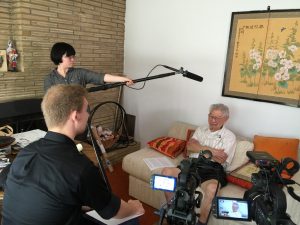 Hikari Sugisaki and Paul Sullivan, built on the previous work to produce a documentary film. Of the approximately 120,000 people of Japanese ancestry from the West Coast were forced into internment camps following Pearl Harbor, a number of them ended up in Minnesota. This was largely because of college education, of which St Olaf was a part, and military service, at the Military Intelligence Service Language School in Camp Savage and then Fort Snelling. The Beyond the Barbed Wire documentary is about those unsung heroes’ untold hardships and unforgettable stories, and helps to bring these internment camp witnesses’ tales to a largeer audience, exploring the lesser known but vital role that Minnesota played in this historical moment.
Hikari Sugisaki and Paul Sullivan, built on the previous work to produce a documentary film. Of the approximately 120,000 people of Japanese ancestry from the West Coast were forced into internment camps following Pearl Harbor, a number of them ended up in Minnesota. This was largely because of college education, of which St Olaf was a part, and military service, at the Military Intelligence Service Language School in Camp Savage and then Fort Snelling. The Beyond the Barbed Wire documentary is about those unsung heroes’ untold hardships and unforgettable stories, and helps to bring these internment camp witnesses’ tales to a largeer audience, exploring the lesser known but vital role that Minnesota played in this historical moment.
Here is the official trailer for Beyond the Barbed Wire.
